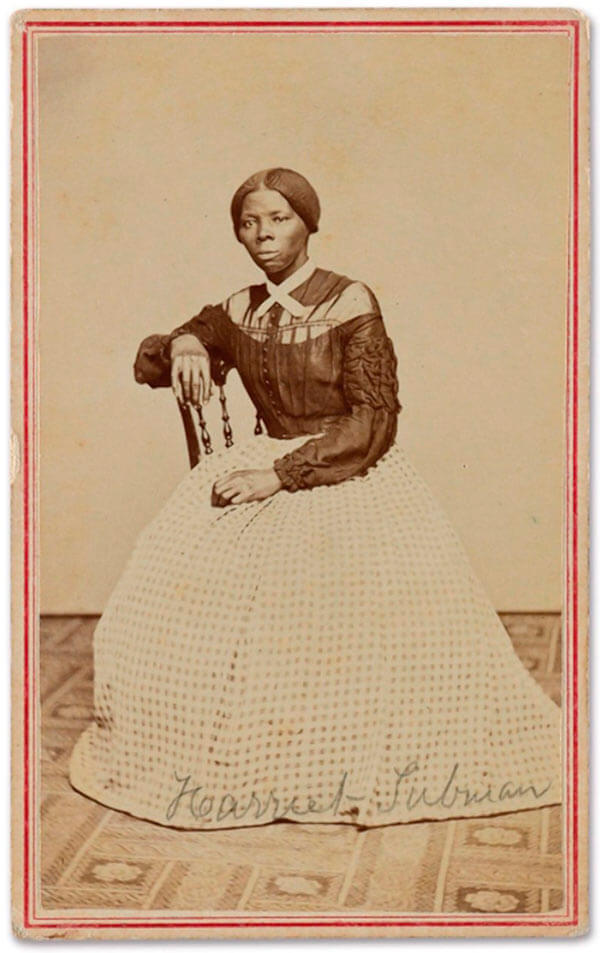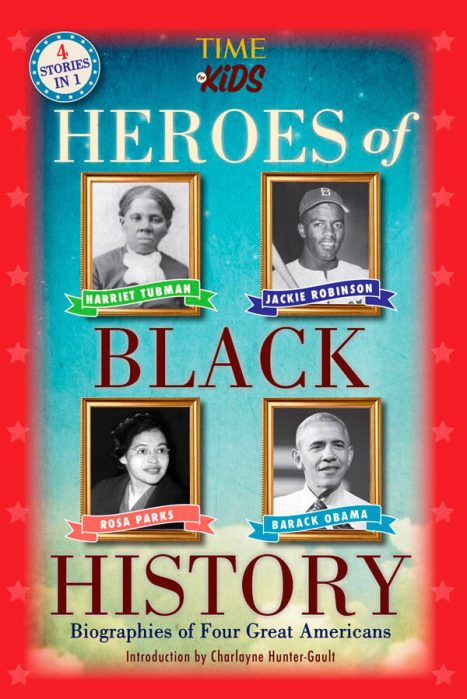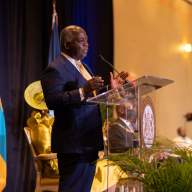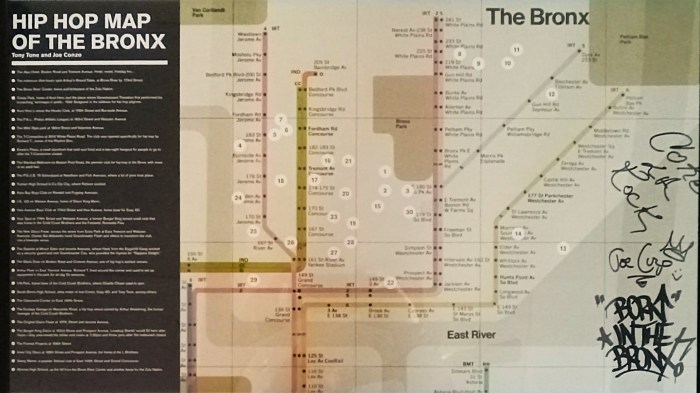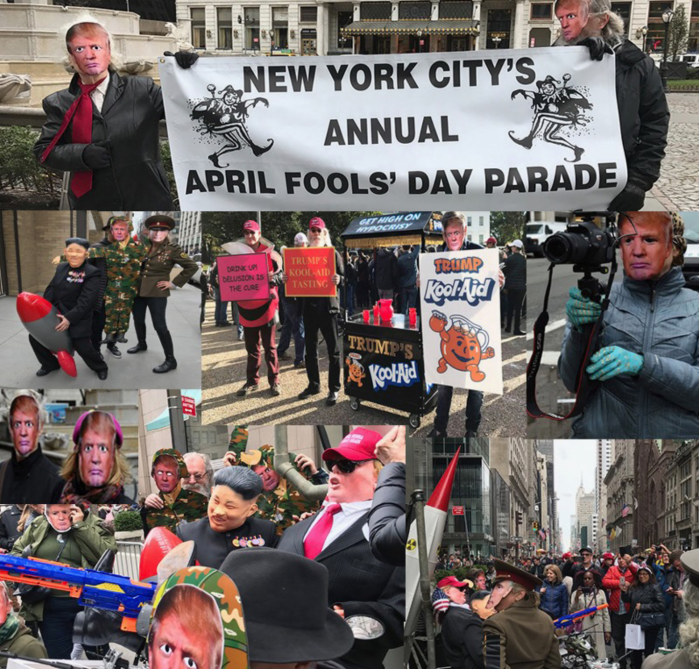Harriet Tubman died 104 years ago but her enduring legacy continues to gain traction.
Amidst a movement to place her image on a twenty dollar note, a new photo has emerged and this one reflects a younger woman than often seen in text books and posters.
According to Swann Galleries, the new image was discovered by historian Kate Clifford Larson, who saw it in the photo album of Emily Howland, friend and fellow abolitionist.
Seeing the image, “surprised me, and I think it’s going to surprise a lot of people,” Larson told an Alabama newspaper.
“What’s remarkable about this photograph is that she’s so proud and dignified and beautiful.” “She looks so young. This is the vibrant young Tubman just coming off her work during the Civil War. She’s building her life with her family in Auburn.”
The photo was taken in Auburn, New York where Tubman bought land in 1859 from Senator William H. Seward.
That land was recently named the Harriet Tubman National Park.
Larson is the author of the biography “Bound for the Promised Land: Harriet Tubman, Portrait of an American Hero.”
Larson added that from the looks of the image, at the age Tubman took the picture she might have been between 43 and 46 years old. Most pictures of her were taken about 10 to 20 years later.

Renowned as a fearless, freedom-fighter, nurse and liberator of more than 727 slaves during the Civil War, Tubman has become a principal notation in history books detailing the role of Black women in America.
This month — March 11 and 12 — the Harriet Tubman Underground Railroad Visitor Center will open. Located at 4068 Golden Hill Road, Church Creek, Maryland, the historic archive dedicated to the pioneering woman became a reality when the National Park Service and the Maryland Park Service teamed up to provide family-friendly exhibition.
It is the premier feature of the national and state park and includes state-of-the-art, green elements such as bio-retention ponds, rain barrels and vegetative roofs. It houses an exhibit hall, museum store, an information desk and research library. The exhibit features information about Tubman’s role as a conductor on the Underground Railroad and her work as a soldier, captain, leader and survivor.
Tubman was born into slavery in Maryland in the early 1820s. She escaped and became one of the nation’s most famous abolitionists leading hundreds of slaves from the south to as far north as Canada.
Tunneling through to safe houses via the Underground Railroad — a term coined to illustrate her innovative method of escape, Tubman eluded dogs, slave traps, slave owners and trackers.
Tubman initially escaped Maryland in 1849, traveling the 90 miles on her own to Philadelphia after her brothers had second thoughts and returned to the plantation. She said of crossing into the North:
“When I found I had crossed that line, I looked at my hands to see if I was the same person. There was such a glory over everything; the sun came like gold through the trees, and over the fields, and I felt like I was in Heaven.”
Tubman made that trip repeatedly to help both her family and many, many others to freedom. Following the war, she lived on her Auburn property with other family members and married a Civil War veteran named Nelson Davis in 1869. They adopted a child named Gertie. Tubman never had much money, despite her fame and contributions during the war, but she was generous with what she had. In the early 1900s, she donated some of her land to the African Methodist Episcopal Church in Auburn and The Harriet Tubman Home for the Aged opened there in 1908. She died in 1913 from pneumonia in the home named in her honor, surrounded by friends and family.
The two-day events on Saturday and Sunday will include programs with Harriet Tubman re-enactor Millicent Sparks; Harriet Haikus and creative writing workshops with National Park Service Centennial Poet Laureate Sonia Sanchez; historian Tony Cohen of the Menare Foundation leading simulated Underground Railroad journeys around the legacy garden that reveal escape secrets used by Tubman and other freedom seekers.



